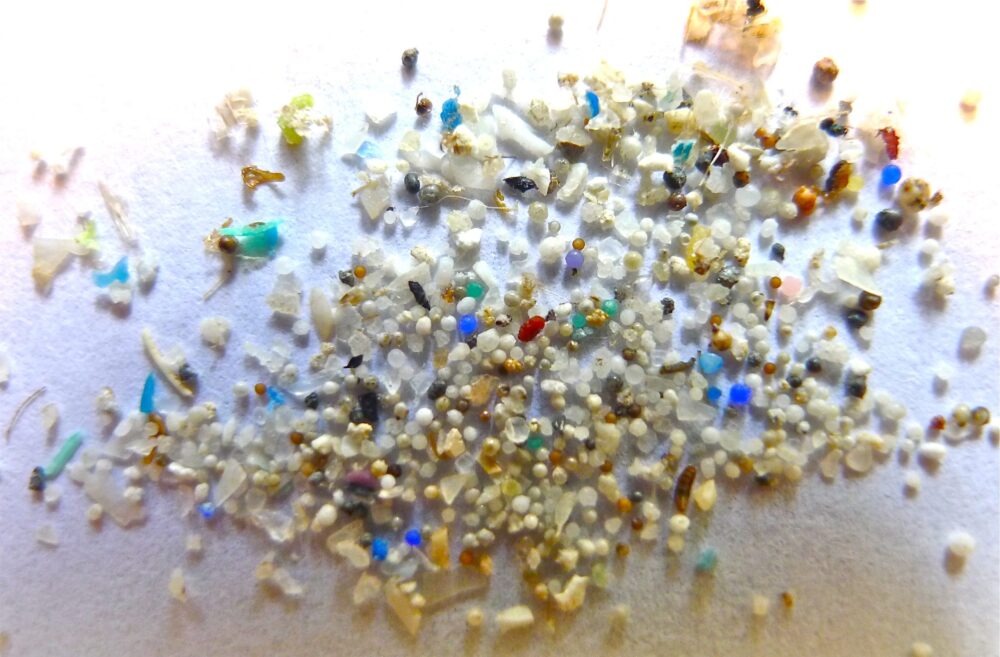Human Connectome Project
Thirteen years ago, scientists of the NIH embarked on a journey to do the seemingly impossible: create a map of the human brain. They coined this undertaking the Human Connectome Project (HCP). This crusade is nothing new to the field. Starting with Santiago Ramón y Cajal, who discovered intricate neuronal networks in the late 1800s […]
Human Connectome Project Read More »




